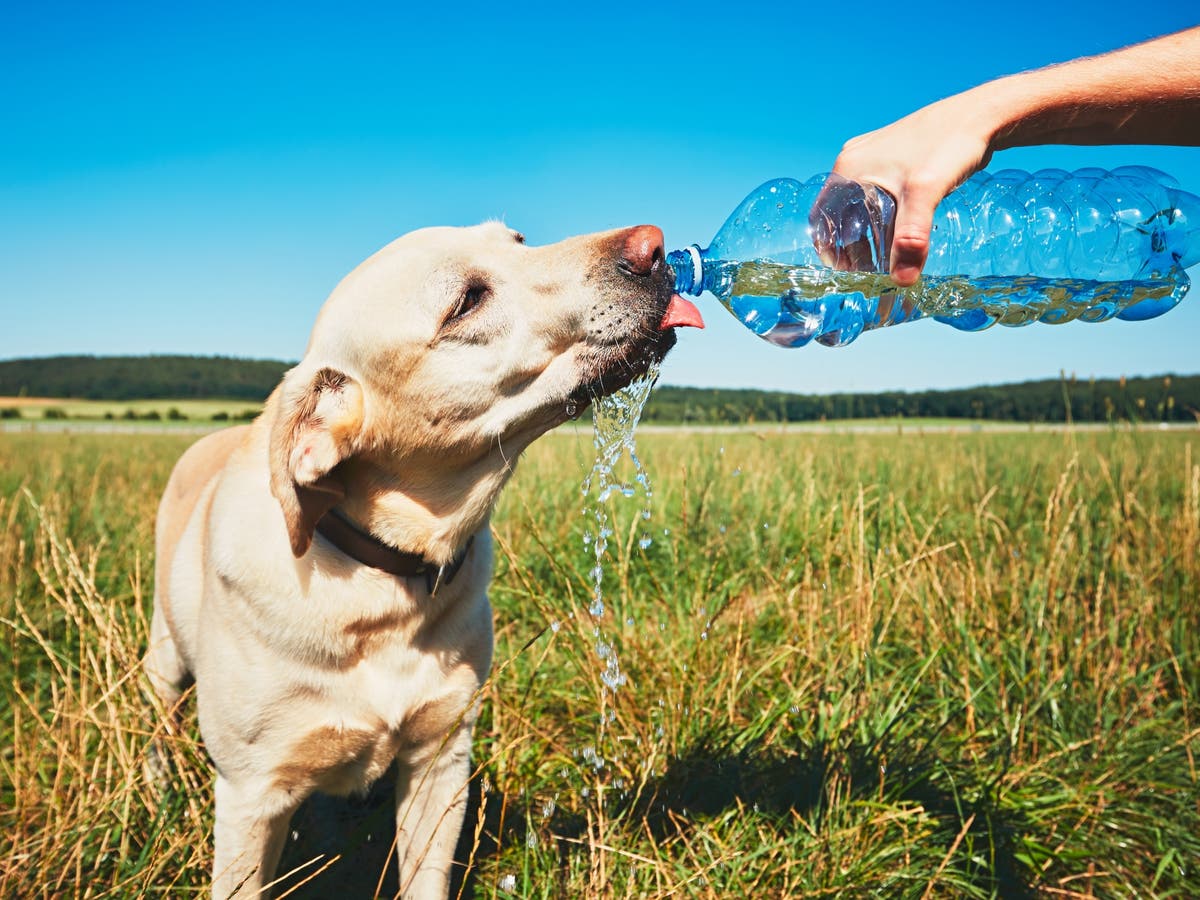Once the foot pad cracks, Becker added that dangerous materials like tar, feces and other debris can get trapped, leading to transmissible diseases such as leptospirosis.
A dog’s paw is as sensitive as a human hand, and drying out the foot pad can cause painful cracks similar to a cracked, dry heel. As a veterinarian, Becker said he often sees dogs with burned paws due to walking on hot concrete or asphalt. A good rule is if the ground is too warm to place your palm down, it is too hot for your dog to walk upon.
The other concern is that ingesting hand sanitizer can be especially harmful for pets. However, Becker says that due to the bitterness of the solution, dogs and other pets would likely be reviled by the taste after a single lick. Even ingesting that small amount can cause digestive issues including vomiting and diarrhea, Becker noted.
Turn an empty pancake-syrup bottle into a portable squirtable water bottle.












